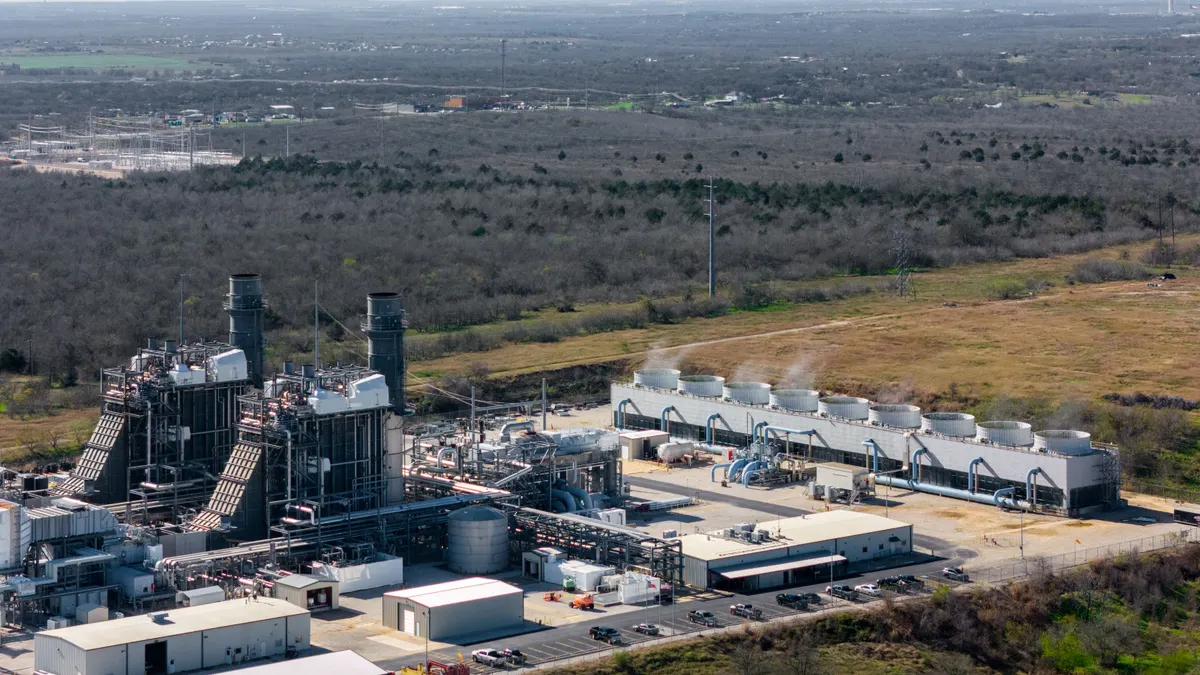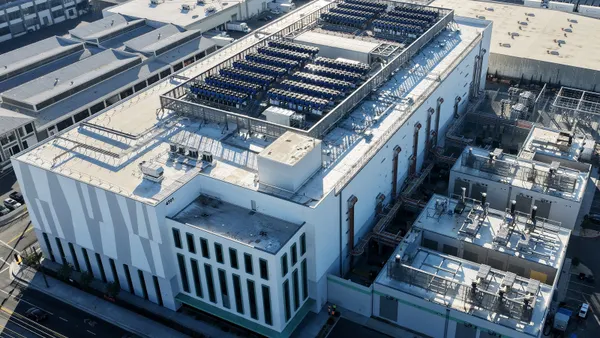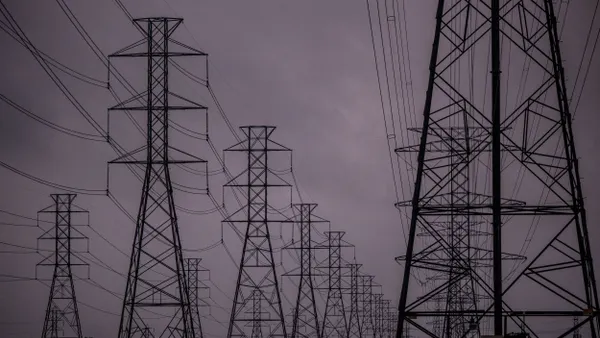Dive Brief:
- North American utilities are “increasingly looking to distributed resources” to meet data centers’ rapidly growing power demand amid ongoing challenges for large-scale generation deployment, energy consultancy Wood Mackenzie said last week.
- Their interest spurred a surge in virtual power plant deployments last year, Wood Mackenzie Global Head of Grid Edge Ben Hertz-Shargel said in a Sept. 17 note. The numbers of active company deployments, unique offtakers for VPP capacity and monetized VPP programs all grew by at least one-third year over year, according to WoodMac’s data.
- But overall VPP capacity in North America grew only 13.7%, to 37.5 GW, indicating “a market that is broadening faster than it is deepening” due to persistent barriers to adoption, Hertz-Shargel said.
Dive Insight:
Wood Mackenzie counted 1,940 North American virtual power plant deployments this year, up 33% from 2024. Its count of monetized VPP programs — which pay distributed energy resource owners to dispatch energy or curtail consumption — showed the number of programs rose 35% year over year, from 321 last year to 433 this year.
The number of unique offtakers for VPP capacity increased 38% this year from 2024, WoodMac said. More than half of all offtakers increased the number of VPP deployments serving them by at least 30% year over year. And the top 25 offtakers each procured 100 MW or more in 2025.
WoodMac attributed the increased offtake, in part, to an emerging “independent distributed power producer” business model. Independent distributed power producers, it explained, are electricity retailers that finance third-party-owned energy storage offerings through grid service revenue and energy arbitrage — charging batteries when electricity prices are low and discharging them when prices are high.
Third-party-owned energy storage retains relatively favorable regulatory treatment under the One Big Beautiful Bill Act, the Republican budget law that curtailed hundreds of billions of dollars in clean energy funding authorized by the Inflation Reduction Act of 2022.
WoodMac’s research suggests a correlation between growth in VPP offtakers and utility commitments to data center capacity. The consultancy found particularly robust VPP offtake in the PJM Interconnection and Electric Reliability Council of Texas regions, both of which have substantial existing and projected data center capacity. In July, American Electric Power said its utilities expect to interconnect 18 GW of data center capacity by 2030, largely in ERCOT and PJM.
In his note, Hertz-Shargel said the correlation could set up a win-win-win for utilities, data center operators and distributed energy resource owners.
“This drives home the opportunity for utilities and even hyperscalers themselves to procure new VPP capacity to offset data center coincident peak demand, enabling faster grid connection,” he said. “Homeowners and business owners [with onsite energy resources] might actually earn revenue from the connection of new data centers, offsetting potential bill increases.”
But the modest increase in capacity relative to deployments, offtakes and monetized programs reveals obstacles that must be overcome before VPPs can reach their full potential, Hertz-Shargel said.
Those obstacles include enrollment caps on utility VPP programs, power market reforms that reduce VPPs’ capacity accreditation and market barriers for small customers, he said.
Brattle Group principal and distributed energy resources expert Ryan Hledik said the findings align with what he’s seeing in the distributed energy market. But he’s optimistic that VPP capacity will scale soon, given the urgency utilities and data center operators feel to source electrons wherever they can find them.
“Data center load growth appeared almost overnight, and the industry’s appreciation that VPPs could play an important role in that area has emerged even more recently than that,” said Hledik, who was not involved in Wood Mackenzie’s research.
Hledik said VPP providers, utilities and data center companies “are still gearing up to align on the right solutions,” but that work hasn’t significantly impacted overall VPP capacity yet.
“My hunch is that the growth over the next 12 to 18 months will be more noticeable, and over the next three to five years the growth could be explosive,” he said.
Hledik added that some individual VPP programs in states like California are rapidly adding capacity. He pointed to a Brattle Group report last month that showed California’s Demand Side Grid Support VPP discharged 539 MW of average output, or about half the output of a large nuclear reactor, on the evening of July 29. The report said DSGS could provide net system cost savings of between $28 million and $206 million through 2028.
The California legislature unexpectedly zeroed out funding for DSGS earlier this month. A spokesperson for California Gov. Gavin Newsom suggested the program is less important now amid a surge in new generation deployments.
“The reality is that California has rapidly deployed thousands of new megawatts in recent years meaning our grid is more resilient than it’s ever been,” the spokesperson told Utility Dive in an email.













